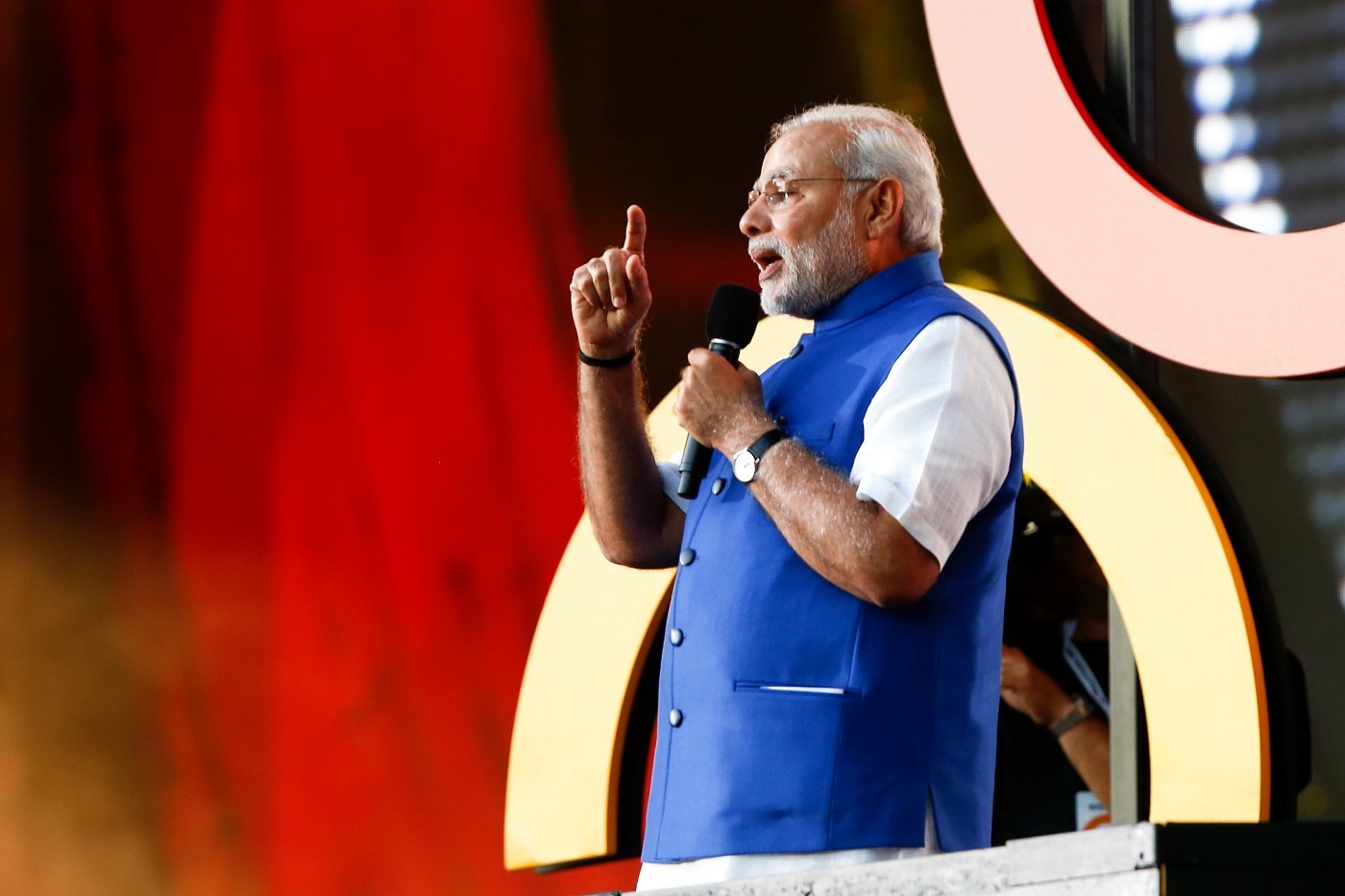Featured
Where’s the Modi Miracle?

(Bloomberg Opinion) — When running for reelection, India’s Prime Minister Narendra Modi and his ministers stressed that, under his administration, India had become the world’s “fastest-growing large economy.” This was never much of an achievement; after all, the People’s Republic of China was in the midst of a significant slowdown even before the trade war. But even that no longer seems to be true.
According to data published recently by government statisticians, India grew at only 5.8% in the fourth quarter of its 2018-19 financial year, less than China’s 6.4% growth in that same period. (India’s financial year begins in April.)
This is the third successive quarter of slowing growth — from 8% between April and June of 2018, to 7% between July and September and then 6.6% in the third quarter, October to December. It’s hard to see this as anything other than a straightforward slowdown, of the sort that has been predicted now for some time. Yes, many questions are constantly asked about India’s growth figures. Even if you’re not convinced by the numbers, though, the trajectory is unmistakable.
India’s finance ministry seems certain about the reasons for the slowdown: private consumption, investment and exports are all growing less than expected. The last two — investment and exports — have been troubled for years. India’s economic numbers looked better than they were because consumption seemed to be holding up.
Now, multiple indicators have begun to show a bit of a crisis in consumer spending as well. Passenger vehicle sales, for example, fell by 17.1% in April, the worst slide since October 2011. Large consumer goods companies are issuing warnings to investors about slowing demand. This could easily have been foretold: No economy can keep growing just on the basis of consumer demand.
India, meanwhile, has a new finance minister: Nirmala Sitharaman, who shifts across the road from the defense ministry. Sitharaman, who was an effective spokesperson for the party in its years in opposition, has had a less-stellar performance in government. As minister of commerce, she presided over years of anemic Indian exports and struck observers as being insufficiently sold on the benefits, or even the importance, of openness to trade. She began her tenure reviewing India’s trade agreements, and revoked all of India’s bilateral investment treaties as well. India’s turn inward might well intensify under her stewardship of the economy.
That would be a severe mistake. Both exports and investment have suffered because of an obsession with protecting India’s domestic market, and the belief that companies and investors will flock to India regardless of the government’s behavior. The reality is that India has spent five years missing opportunities. Today, companies that want to leave China rarely see India as their first choice. Indeed, many Indian producers themselves who want to stay connected to the world market are quietly looking into shifting production offshore.
This is in spite of genuine improvements to such things as infrastructure and internal connectivity over the past few years. Beyond a certain point, the approach taken during Modi’s first term — to focus on building infrastructure, increasing government revenue, ramping up public-sector spending, protecting Indian industry and trying to get credit out to those previously excluded from the financial system — clearly isn’t enough to push Indian growth.
Now that the elections are over, the government has finally admitted that its approach has led to the biggest unemployment crisis in India since the 1970s. But, it still hasn’t admitted its arrogance about India’s inevitable rise is part of the problem. India is a large country, yes, but producing for its internal market won’t be enough to develop its economy. Like every other country that has created a sustainable middle class, it needs to produce for the world.
That means getting the basics right: clear, transparent and reliable regulations; world-class dispute settlement; and flexible markets for land and labor. It will also need to invest in its workforce: The workers employers want to hire are too expensive when compared to peer economies such as Bangladesh, and the rest are just not skilled enough. Basic education and health need to be of better quality if the Indian workforce is to compete. And India cannot ignore the trade agreements and domestic regulations that will be required to attract global supply chains.
Unfortunately, there’s little sign of urgency about addressing any these issues, which have been known to be the bottlenecks for India’s economy since Modi took power in 2014. The government has announced that ministerial committees have been set up to deal with the economy and unemployment. But Modi’s predecessors tried something similar. Without a change in mindset and a bit more humility, there’s no reason to think he’ll have any better luck.
-

 Magazines1 month ago
Magazines1 month agoOER – September 2025 Issue
-

 News1 month ago
News1 month agoKitchenomiKs Secures Investment of US$3.2M Led by Jasoor Ventures
-

 Alamaliktistaad Magazines1 month ago
Alamaliktistaad Magazines1 month agoAlam Al Iktisaad – September 2025 Edition
-

 News1 month ago
News1 month agoCent Capital, AI Finance App by ex-AWS Strategist ‘The Beast of Bay Area,’ Launches to End Financial Anxiety, Hits $1M AUM
-

 News1 month ago
News1 month agoOman Inaugurates ‘Hadatha’ – Its All-New Cybersecurity Center
-

 News1 month ago
News1 month agoIEA Expects Global Oil Market to Remain Oversupplied in 2026
-

 Energy1 month ago
Energy1 month agoWLGA Middle East LPG Summit & Expo 2025 to be held at OCEC on November 10 and 11
-

 Banking & Finance1 month ago
Banking & Finance1 month agoOman Arab Bank Highlights Its Ongoing Strategic Initiatives and Future Plans































You must be logged in to post a comment Login